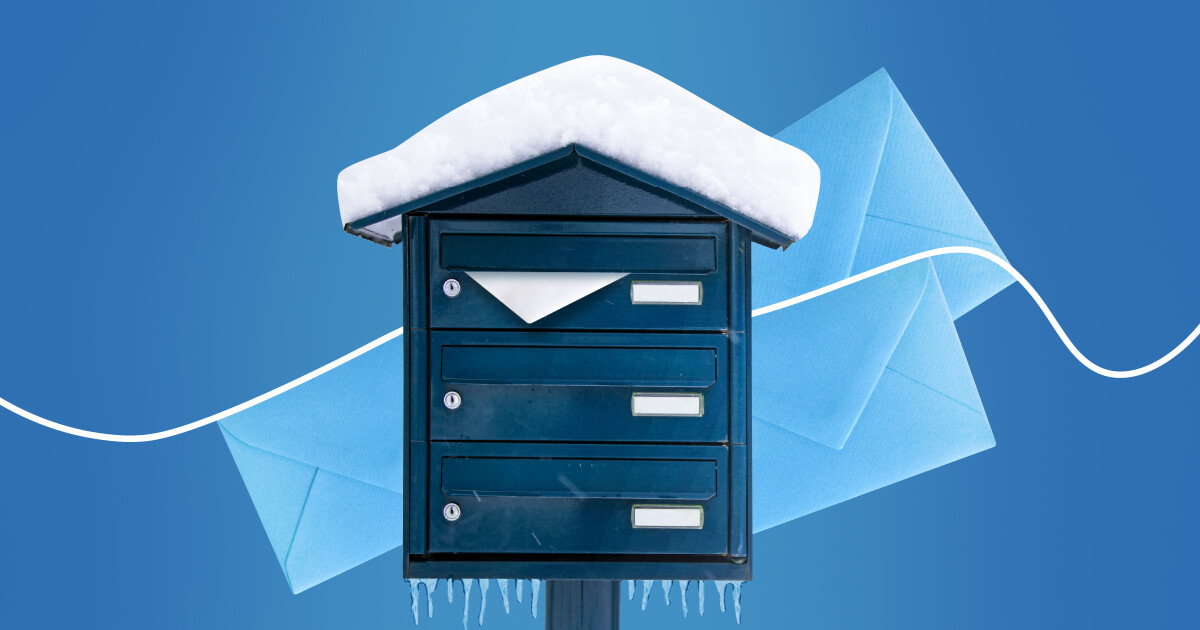This one looks better: such a subject line evokes interest and makes a reader open the email and read the content.
- Create a clear offer.
Make it very clear what your main point is so that the reader could understand that even with a quick look at the subject line. Even if you choose a humorous, allegorical subject, try to make it clear to the recipient what the email is about.
- Add a sense of urgency.
Creating a sense of foregone benefits is a well-known marketing technique. In its investigation, Neuroscience Marketing reported that adding a countdown timer on the website increased revenue by 9%. You can’t add a timer to your cold email, but it is possible to create some sense of urgency by the words in your CTA.
Good examples according to Indeed.com:
“Get your free copy of our secrets to financial success before midnight.”
“Hurry and secure your spot for my strategy workshop before seats fill up.”
“You don’t want to miss this offer.”
“We can’t keep our prices this low much longer.”
“Don’t wait until it’s too late. Get in touch with us today.”
“There are only 10 spots left, hurry!”
“We’re holding your items for three days only.”
“Don’t forget to claim your gift before Saturday.”
- Personalize your subject line.
Email Marketing Chart by MarketingSherpa says, that using the prospect’s name in the subject of your email campaigns can boost the opens by 20.66%. It can be easily explained: such a trick gives the impression that the message was written for you personally and attracts attention. We concede that when you write a cold message you often don’t know the recipient’s name, so it’s enough that the message helps solve the user’s problem and is relevant to their situation.
You can find more inspiration in our article about how to write catchy subject lines.
Come up with a clever introduction
So, you’ve persuaded your addressee to open the email with a well-written subject line. You’re halfway through! The next task is to grab their attention and make them read the first sentences.
Based on the first lines, people will decide if it’s worth reading further or they can go back to scrolling through their Facebook feed. Let’s talk about how to make a catchy introduction.
When you start a cold email, the first impulse is to start telling a person about you and your company. That’s understandable, but it’s best not to rush into it. This is a sure sign that in a couple of seconds your message ends up in the trash, joining the hundreds of previous ones.
To engage the reader, keep your introduction short. Note something that is referred to the recipient: their recent achievements, blog posts, work-related events, etc. It catches the attention and entices the person you are addressing. They see that you’ve done some research.




























